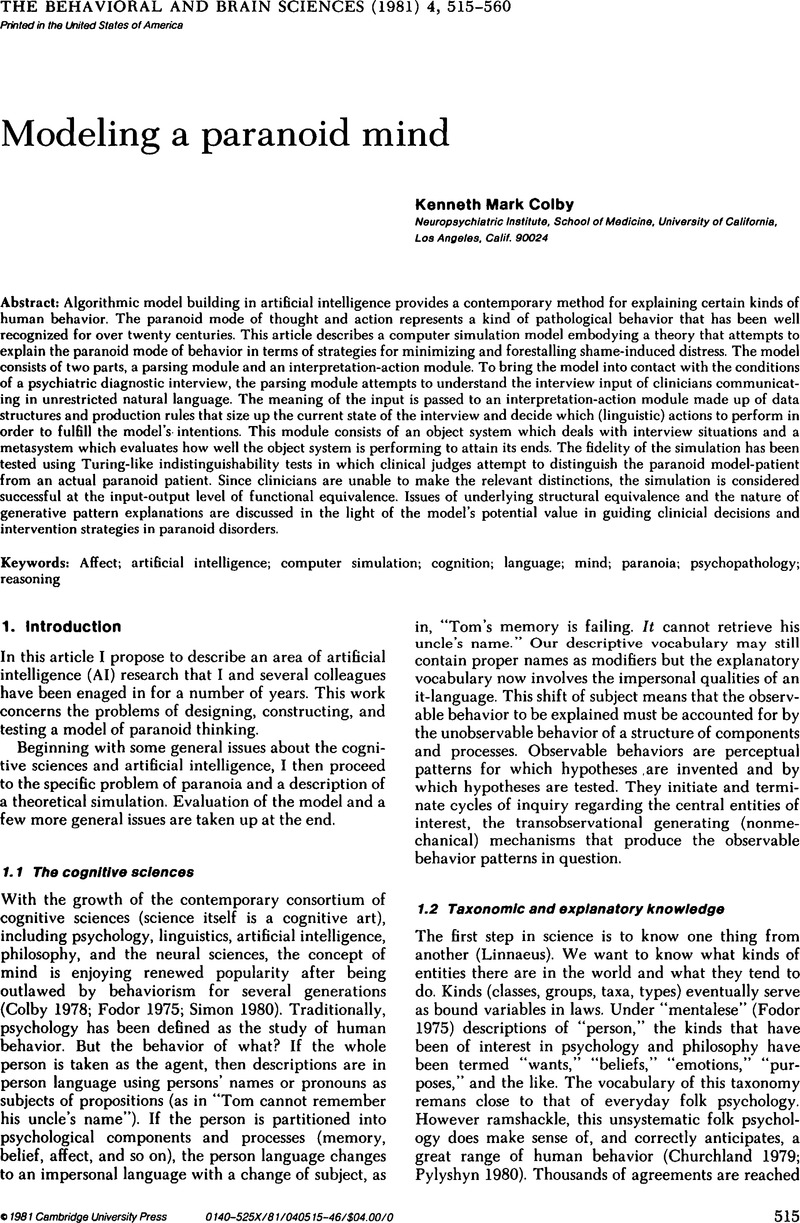Crossref Citations
This article has been cited by the following publications. This list is generated based on data provided by Crossref.
Stanislaw, Harold
1986.
Tests of Computer Simulation Validity.
Simulation & Games,
Vol. 17,
Issue. 2,
p.
173.



